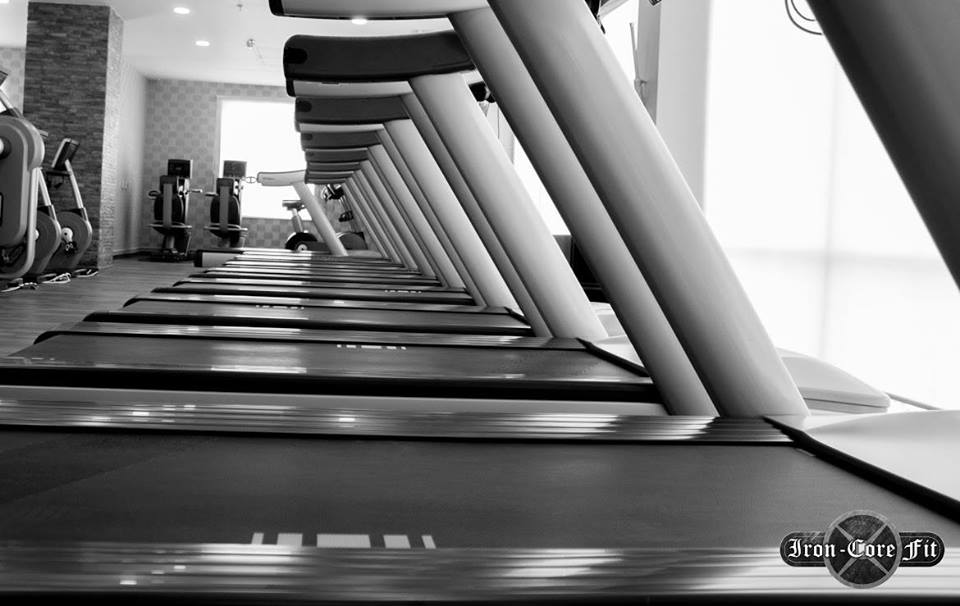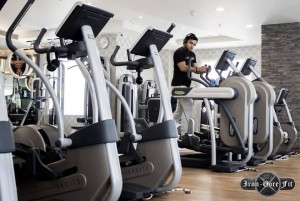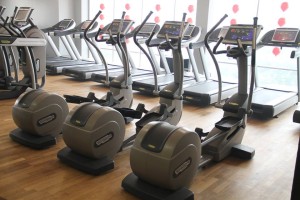
For anyone even remotely concerned with their personal fitness, terms like “low intensity cardio” and “high intensity cardio” sound awfully familiar. However, even the most avid fitness junkies don’t often know that both these variant of their quintessential cardio routine vary in the impact they have their on the body and which one of these would be better suited to their fitness goals.
Understanding the impact of cardio
Before we can begin understanding the distinction between high and low intensity cardio, we need to understand what exactly it is that cardiovascular exercises do for our fitness. Some of the main benefits of cardio exercises include:
- Reduction in the levels of stress in the body
- Reduction in the percentage of fat in one’s body composition
- Reduction in blood pressure with improvement the circulation of blood in the body
- Improvement in the endurance levels of our muscles
- Reduction in the resting heart rate of the individual
One of the core myths around cardio exercise is that only riding a stationary bike, running on the treadmill, jogging or taking a choreographed step aerobics class counts as “cardio”. But that simply is not true. Any activity that requires a continuous movement of the limbs and body for a certain duration and elevates your heart rate can be counted as cardio. By this definition, swimming, playing football, riding a bike, boxing and even walking at a faster pace can be dubbed “cardio”.
How does cardio boost fitness?
Speaking very generally, the main impact of cardio exercises is that they help reduce the fat in the body. Using a process called lipolysis, the body breaks down the fat stored in the body and uses it to fuel sustained physical activity over a period of tie. An enzyme called lipase is responsible for the process of lipolysis. What lipase basically does is that it takes the fat or triglycerides present in your body and turns it into one glycerol molecule and three unbound fatty acids (FFA) that provide the body with the energy needed to sustain the cardio activity.
How does low intensity cardio differ from high intensity cardio
Although a lot of people think that high and low intensity cardio are basically the same deal with the only exception being that of the pace of activity involved in each, the truth is that both of these are starkly different in that they both have a different impact on the body and on an individual’s fitness level. Let’s examine the core differences between high and low intensity cardio workouts.
- Fat loss
With low intensity cardio (which is actually when you maintain a moderate heart rate and not just resting heart rate), the body tends to utilize fat as a source of fuel. With high intensity cardio, the body uses instantly available sources of energy like blood sugar which does not lead to fat loss.
- Percentage of calories burnt from fat
When we do low intensity cardio, a higher percentage of total calories burnt comes from fat. But overall calories burnt itself aren’t high. In high intensity cardio, total calories burnt per minute are high. Thus for successful weight loss, high and low intensity cardio need to be combined to burn more calories overall and to make the body learn to use and burn fat for energy during cardio.
- Post-workout calorie loss
With high intensity cardio, you burn calories post-workout also which is called “after-burn”. This boosts total calories loss. However, since high intensity workout burns sugars and not fat in the short run, the chances of a person eating more calories to avoid dizziness and hunger pangs also increases. If a person eats more calories than they burn, they gain fat. With high intensity cardio, beginners may also experience a phenomenon called “burn out” which may lead them to quit workouts.
Which is the best type of cardio?
The best type of cardio varies for each individual. However, the simplest measure of picking one for yourself is to try both for a week each and pick the one you can do consistently, i.e., 3-4 times a week for at certain amount of time each time in the long run.
How to achieve optimal fat loss with either type of cardio
If you are a beginner, start low intensity cardio and try to hold your pace for 45 minutes successfully each day of your workout when you’re working out at least 3-4 days a week. When you can complete this routine with ease, try to increase the intensity of your workout for the same duration.
Conclusion
When cardio is done to achieve fat loss, it needs to be specified that whichever type of workout you pick, you need to be able to do it over a period of months and even years consistently since consistent cardio workout is the only key optimal and permanent fat loss.








